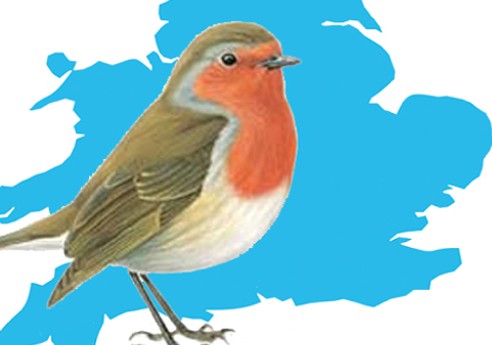We have suffered from higher mortality in our rearing herd than I think is acceptable for some considerable amount of time.
We have had various investigations but have never really come up with any concrete cause of the symptoms we see.
We have seen some improvement since we started vaccinating against porcine circovirus (PCV), but it has not completely solved the problem.
I find this extremely frustrating because it costs us a lot of money and I think we should be able to do better. Then, last year we changed our vet – same practice but different vet. This was an internal redistribution of work on their part and I was reluctant because I like continuity of care.
However, in this case it has been a complete revelation – she has been like a dog with a bone, which is great because I have felt like I have been banging my head against a wall with this. I simply will not abide that I have to accept a higher mortality than we have had in the past.
We have been grilled (nicely) about our cleaning, vaccination and treatment regimens on her visits so that she really understood the way our unit is run and what the issues were. This has been followed up by extensive blood testing for PRRS and then more pigs to the Animal and Plant Health Agency.
The blood testing happened because our vet was willing to take up the offer from MSD to come and do it on farm. This showed that we had a lot of PRRS in our herd, despite vaccinating the sows for it.
We think that the PRRS challenge may be causing some of our symptoms but also challenging the immune system, allowing other organisms in to cause problems.
We have identified other organisms in the past, but the new thought is that this is the underlying cause. Consequently, we are going to vaccinate our piglets for PRRS and are using the new needleless IDAL vaccinator. We had our training on using the vaccinator this morning and it is a very impressive piece of equipment. I look forward to the day that it is used for all vaccinations.
It is easy to criticise the pharmaceutical companies, but MSD really have been great. I realise it means I will spend a further £12,000 or so per year with them but if it sorts out our problem it will be money well spent. They has been prompt and efficient and thrown all their resources at it.
This is precisely what we need as an industry and it shows that we take disease and treatment decisions seriously. If this works (and I so hope it does) it will mean a further significant reduction of antibiotic usage and that we will be able to not use Critically Important Antibiotics without any detrimental effect.
It would not have happened without the determination of our vet to get to the bottom of things. It is not something I could have achieved on my own. It is a real partnership of producer and vet and it represents real progress.




